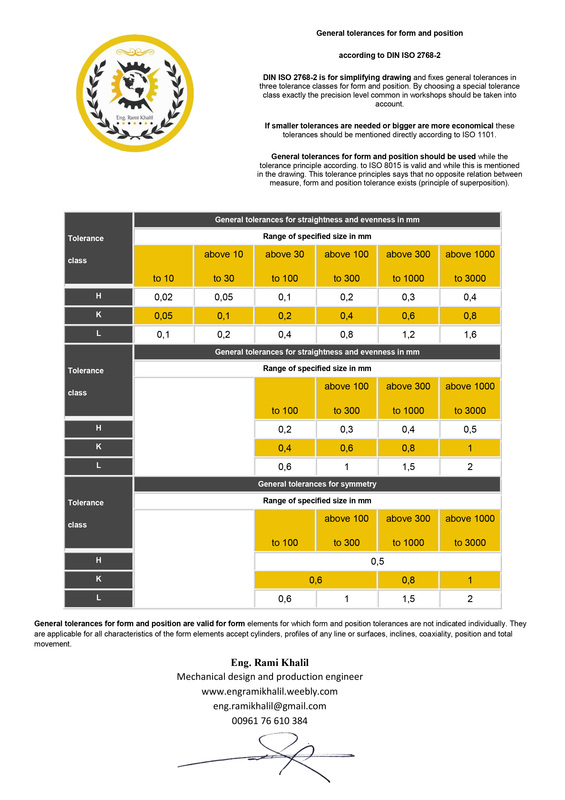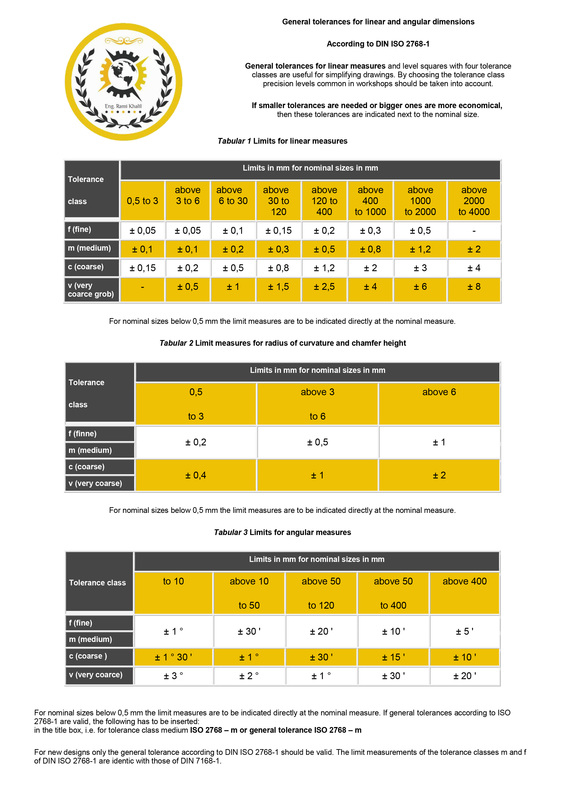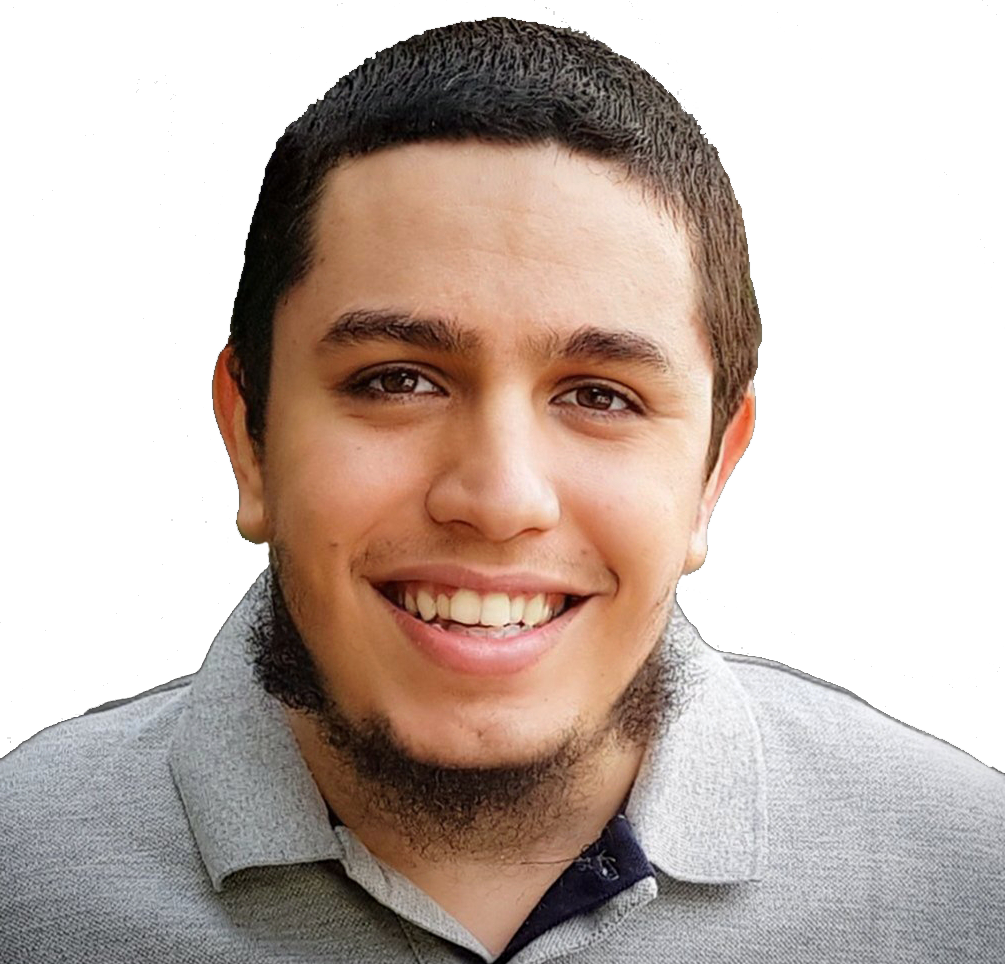|
The additive fabrication technique of inkjet printing is based on the 2D printer technique of using a jet to deposit tiny drops of ink onto paper. In the additive process, the ink is replaced with thermoplastic and wax materials, which are held in a melted state. When printed, liquid drops of these materials instantly cool and solidify to form a layer of the part. For this reason, the process if often referred to as thermal phase change inkjet printing. Inkjet printing offers the advantages of excellent accuracy and surface finishes. However, the limitations include slow build speeds, few material options, and fragile parts. As a result, the most common application of inkjet printing is prototypes used for form and fit testing. Other applications include jewelry, medical devices, and high-precisions products. Several manufactures have developed different inkjet printing devices that use the basic technique described above. Inkjet printers from Solidscape Inc., such as the ModelMaker (MM), use a single jet for the build material and another jet for support material.
The inkjet printing process, as implemented by Solidscape Inc., begins with the build material (thermoplastic) and support material (wax) being held in a melted state inside two heated reservoirs. These materials are each fed to an inkjet print head which moves in the X-Y plane and shoots tiny droplets to the required locations to form one layer of the part. Both the build material and support material instantly cool and solidify. After a layer has been completed, a milling head moves across the layer to smooth the surface. The particles resulting from this cutting operation are vacuumed away by the particle collector. The elevator then lowers the build platform and part so that the next layer can be built. After this process is repeated for each layer and the part is complete, the part can be removed and the wax support material can be melted away. Explaining Video for the process: |
Facebook:
|
|
0 Comments
|
Eng. Rami KhalilMechanical Design and Production Engineer. Archives
September 2019
Categories
All
Facebook:Youtube: |



 RSS Feed
RSS Feed